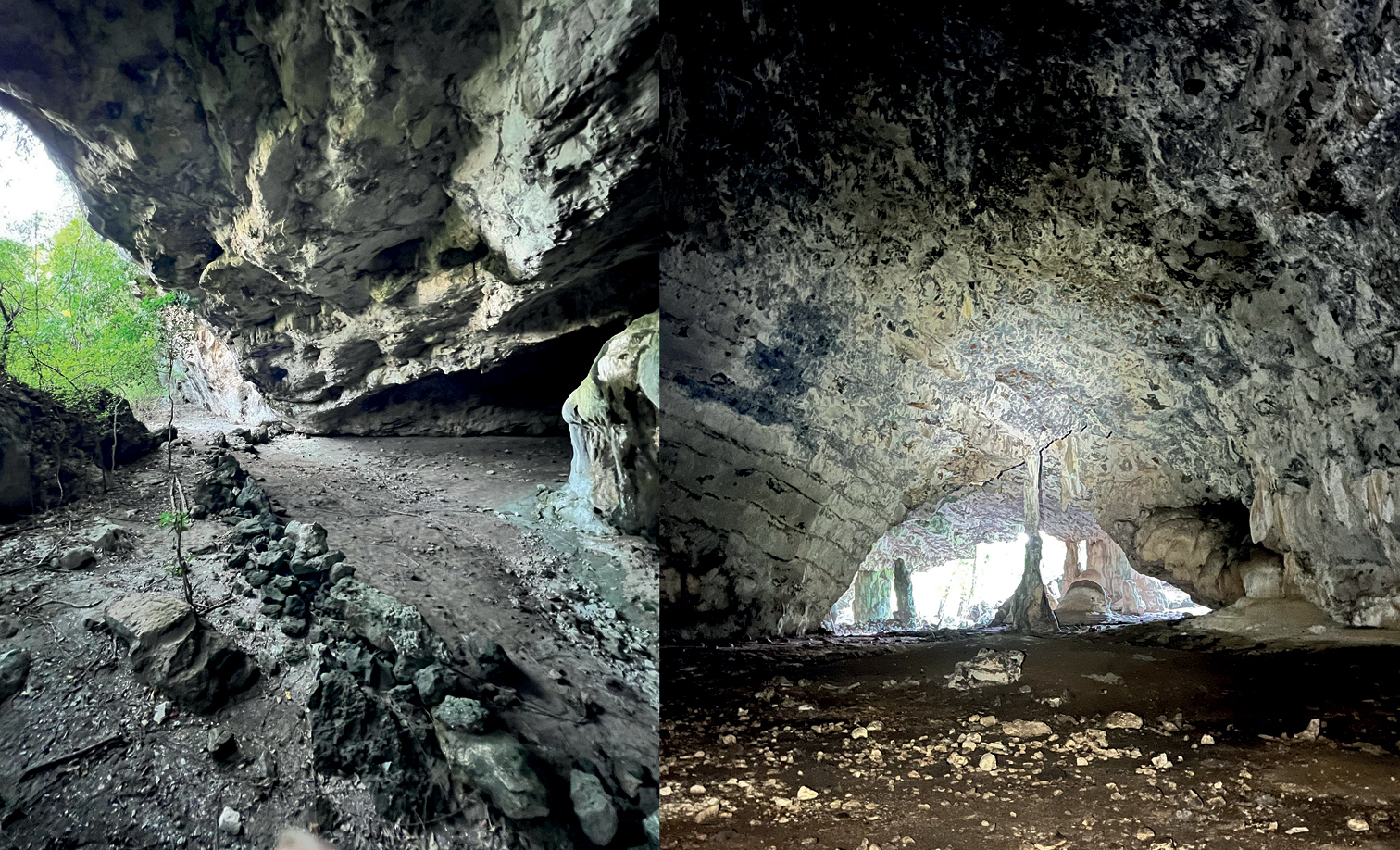- Scientists have described a new species of bent-toed gecko from a remote cave in Timor-Leste.
- The new species was confirmed through DNA analysis and further examination of collected specimens and is named after the young nation’s first national park, Nino Konis Santana National Park.
- Timor-Leste, in Southeast Asia’s Wallacea region, has high levels of biodiversity, including numerous endemic species of birds and other animals.
- Continued research and exploration in Timor-Leste is expected to uncover many more new plant and animal species, possibly from the same cave where the new gecko was found.
While exploring a cave in Timor-Leste, a small island nation sandwiched between Indonesia and Australia, scientists saw a gecko dashing across the limestone. Because the cave was so remote, said Chan Kin Onn, a herpetologist at the Lee Kong Chian Natural History Museum in Singapore, “the potential for this gecko to be a new species was high.” On a hunch, he sprang after the critter and found himself wedged in the rocks.
“I couldn’t get to the lizard because the crack was too narrow, but I saw the rear half of its body and could tell that it was a bent-toed gecko from the genus Cyrtodactylus,” Chan said.


Bent-toed geckos are most active at night, so the team returned in the evening with flashlights. Within an hour, Chan said, they found 10 individuals of this unfamiliar gecko. DNA analysis and further study of the gecko bodies they collected would later confirmed it was a species new to science. Descriptions of the new species are published in a paper in the journal ZooKeys.
The researchers chose to name it Cyrtodactylus santana, after Nino Konis Santana National Park, home to the cave where they encountered the gecko. The park itself is named in honor of Nino Konis Santana, a Timorese militia leader who fought against the Indonesian occupation of Timor-Leste between 1993 until his death in 1998.
Timor-Leste won its independence in 2002, making it today the fourth-youngest country in the world and the first new sovereign nation created in the 21st century.
Nino Konis Santana National Park is its first national park, covering 125,600 hectares (310,000 acres) of lowland, tropical and monsoon forest and a marine area. The marine portion is part of the Pacific Coral Triangle, home to the highest biodiversity of any marine environment on the planet, according to Conservation International.

Timor-Leste is also a hotspot for bird diversity. More than 200 bird species live on the island, which the country shares with Indonesia’s East Nusa Tenggara province. These species include the endangered Timor green pigeon (Treron psittaceus), the near-threatented Timor imperial pigeon (Ducula cineracea) and the critically endangered yellow-crested cockatoo (Cacatua sulphurea), whose wild population has plummeted due to capture for the pet trade, both locally and internationally.
Other persistent threats to Timor-Leste’s biodiversity include loss of habitat as forests are cleared for fuelwood, and intensive farming practices that have left the soil overexposed and prone to landslides and sediment pollution. Nearly half of the country’s population lives below the poverty line, and the vast majority, 80%, rely on subsistence farming and fishing as their primary sources of income and means of survival.

Before gaining independence, the island had already lost a third of its forests, and the full effects of forest fragmentation on biodiversity are not known. Decades of violence and conflict severely hindered biological surveys and scientific research on the island.
Timor-Leste and other islands in central Indonesia form what’s known as the Wallacea region, a “living laboratory” for studying evolution, where the biodiversity is markedly different from the rest of archipelagic Southeast Asia. An extraordinary collection of species has evolved here in the zone between Asia and Australasia, cut off from nearby land masses for millions of years, and Timor-Leste is no exception. Many plant and animal species found there are endemic, meaning they live nowhere else on Earth.
While exploring the Lene Hara and Napana Wei caves, where the new gecko was found, researchers found several plant and crab species they think may also be new to science. The authors say they’ve just scratched the surface of Timor-Leste’s biodiversity, and “many more unnamed species remain to be described.”
Citation:
Chan, K. O., Grismer, L. L., Santana, F., Pinto, P., Loke, F. W., & Conaboy, N. (2023). Scratching the surface: a new species of Bent-toed gecko (Squamata, Gekkonidae, Cyrtodactylus) from Timor-Leste of the darmandvillei group marks the potential for future discoveries. ZooKeys, 1139, 107-126. doi:10.3897/zookeys.1139.96508
Banner image of a female bent-toed gecko, Cyrtodactylus santana, courtesy of Chan et al. (2023).
Liz Kimbrough is a staff writer for Mongabay. Find her on Twitter @lizkimbrough
Also by this reporter:
In Ecuador, communities protecting a ‘terrestrial coral reef’ face a mining giant
FEEDBACK: Use this form to send a message to the author of this post. If you want to post a public comment, you can do that at the bottom of the page.
